Charles M. Kozierok The TCP-IP Guide
Подождите немного. Документ загружается.

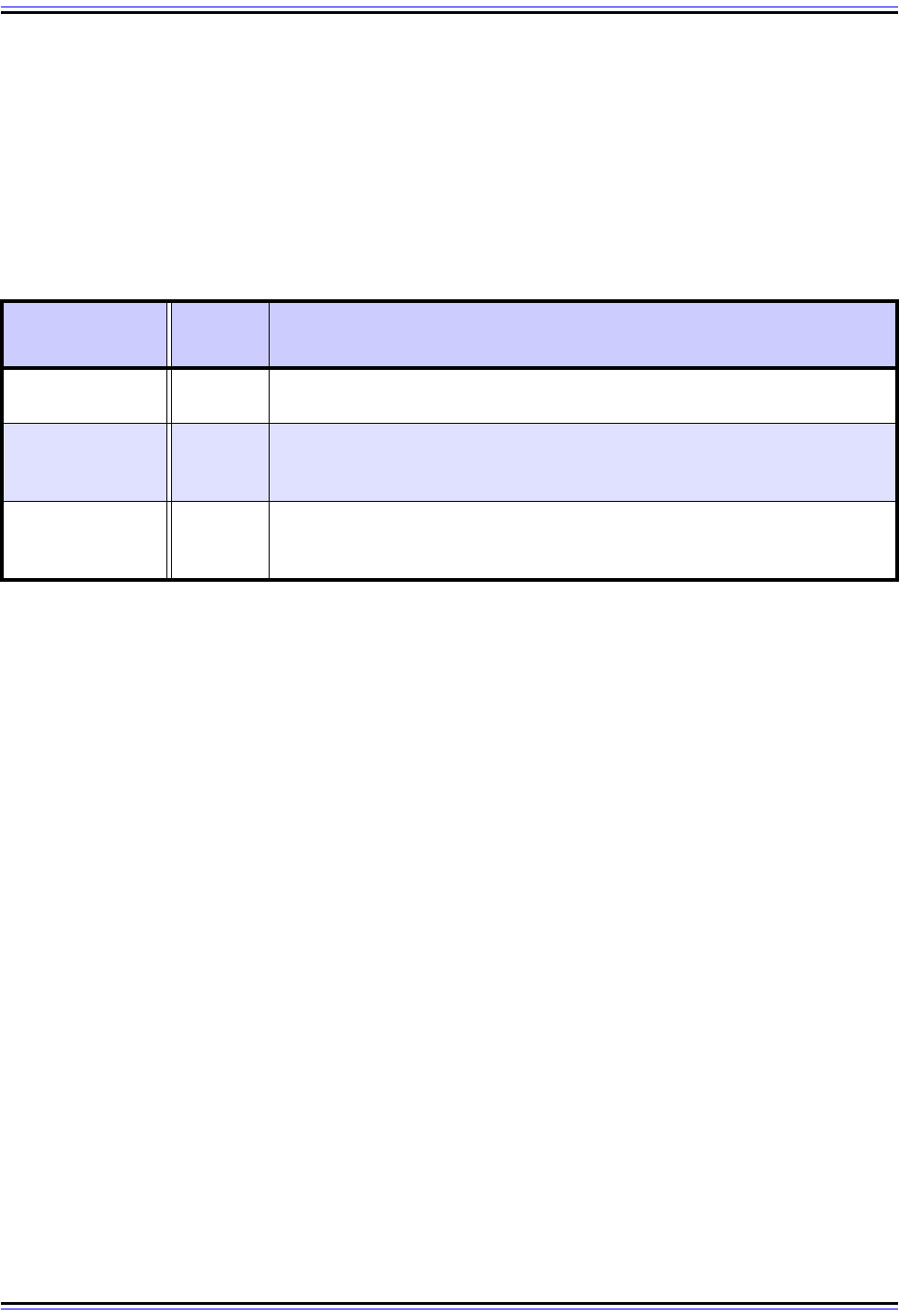
The TCP/IP Guide - Version 3.0 (Contents) ` 1121 _ © 2001-2005 Charles M. Kozierok. All Rights Reserved.
BOOTP Vendor Information Fields
Each vendor information field specifies a particular type of information to be communicated,
and is encoded using a special subfield structure that specifies the field's type, length and
value. This is a common method of specifying options, called TLV-encoding (for type,
length, value of course). The same basic method is used for encoding IPv4 and IPv6
options. Table 188 shows the structure and the common names for the subfields of each
vendor information field.
There are two special cases that violate the field format of Table 188. A Code value of 0 is
used as a pad, when subfields need to be aligned on word boundaries; it contains no infor-
mation. The value 255 is used to mark the end of the vendor information fields. Both of
these codes contain no actual data, so to save space, when either is used just the single
Code value is included; the Len and Data fields are omitted. A device seeing a Code value
of 0 just skips it as filler; a device seeing a Code value of 255 knows it has reached the end
of the vendor information fields in this Vend field.
The vendor information extensions of BOOTP have become so popular that the use of this
field for sending extra generic information is pretty much standard. In fact, I am not even
sure if anyone today still uses the Vend field solely for vendor-specific information at all.
When the vendor information extensions were introduced, one was created that points to a
file where vendor-specific information can be found. This lets devices have the “best of both
worlds”—they can use the standard vendor-independent fields and also incorporate
vendor-specific fields (through the referenced file) where needed. Later, another field type
was created that lets vendor-specific fields be mixed with vendor-independent ones right in
a BOOTP message.
When DCHP was created, the same vendor extension mechanism was maintained and
enhanced further, but instead of the field being called “vendor information extensions”, it
was renamed to Options. (A much better name!) The BOOTP vendor information fields
were retained in DHCP and new DHCP-specific options were defined. To avoid duplication,
I have listed all the BOOTP vendor information fields and DHCP options in a set of tables in
the section on DHCP. This includes a discussion of how vendor-specific and vendor-
Table 188: BOOTP Vendor Information Field Format
Subfield Name
Size
(bytes)
Description
Code 1
Vendor Information Field Code: A single octet that specifies the vendor
information field type.
Len 1
Vendor Information Field Length: The number of bytes in this particular
vendor information field. This does not include the two bytes for the Code
and Len fields.
Data Variable
Vendor Information Field Data: The data being sent, which has a length
indicated by the Len subfield, and which is interpreted based on the Code
subfield.
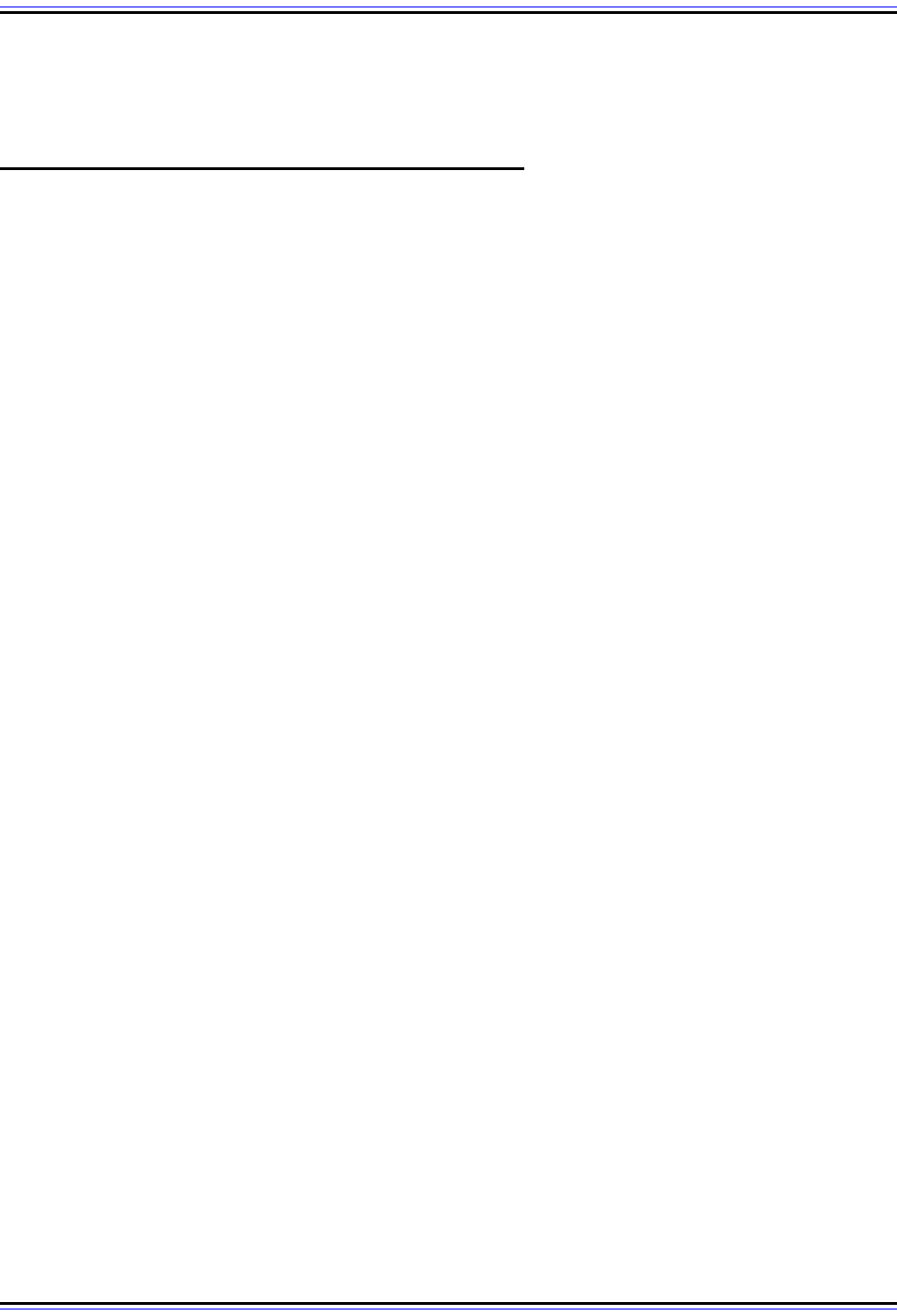
The TCP/IP Guide - Version 3.0 (Contents) ` 1122 _ © 2001-2005 Charles M. Kozierok. All Rights Reserved.
independent information can be mixed as I mentioned in the previous paragraph.You may
also want to read the topic describing DHCP options and discussing how they were created
from BOOTP vendor information extensions.
BOOTP Relay Agents (Forwarding Agents)
One reason why the Reverse Address Resolution Protocol (RARP) was quickly replaced by
BOOTP is that RARP required the client being configured and the server providing it with an
IP address to be on the same physical network. Sure, this is fine when you run a small
organization with 10 machines. In this case, all 10 are probably on the same physical
network anyway. Larger networks must be divided into multiple physical networks for
efficiency, however. RARP would require a separate RARP server for each network,
meaning having to duplicate all the functions of a single server onto multiple machines.
Worse yet, all the configuration information would also be duplicated, and any changes
would have to be made to all the different servers each time.
Why BOOTP Relay Agents Are Necessary
Unlike RARP, BOOTP is designed to allow the BOOTP server and the clients it serves to be
on different networks. This centralizes the BOOTP server and greatly reduces the amount
of work required of network administrators. However, implementing this feature means
increasing the complexity of the protocol. In particular, we need to involve a “third party”
device in the configuration process.
You might rightly wonder why this would be the case. Sure, RARP is a low-level protocol
that works at the link layer, so that explains why it would have problems putting the client
and server on different physical networks. But wasn't the whole point of making BOOTP a
high-level protocol that it was able to use IP? And if BOOTP uses IP, can't we sent from one
network to another arbitrarily just like any IP-based messaging protocol?
The answer is that even though we are indeed using IP and UDP, BOOTP still has one of
the same issues that RARP had: a reliance on broadcasts. The client usually doesn't know
the address of a server, so it has to send out its request as a broadcast, saying in essence,
“can anyone hear this and give me the information I need?” For efficiency reasons, routers
do not route such broadcasts, as they would clog the network. This means that if the server
and client are not on the same network, the server can't hear the client's broadcast.
Similarly, if the server ever did get the request and broadcast its reply back to the client, the
client would never get it anyway.
The Function of BOOTP Relay Agents
To make this all work, then, we need something to act as an intermediary between the
client and the server: a BOOTP relay agent. The job of a BOOTP relay agent is to sit on a
physical network where BOOTP clients may be located and act as a proxy for the BOOTP
server. The agent gets its name because it relays messages between the client and server,
and thus enables them to be on different networks.

The TCP/IP Guide - Version 3.0 (Contents) ` 1123 _ © 2001-2005 Charles M. Kozierok. All Rights Reserved.
Note: BOOTP relay agents were originally called forwarding agents. That name
was considered too easy to cause confusion between BOOTP operation and the
general “forwarding” behavior of regular routers. RFC 1542 changed the name to
make explicit the fact that BOOTP relaying was not the same as conventional IP datagram
forwarding.
In practice, a BOOTP relay agent is not usually a separate piece of hardware. It's a
software module that runs on an existing piece of hardware that performs other functions. It
is common for BOOTP relay agent functionality to be implemented on an IP router. In that
case, the router is acting both as a “regular” router and also playing the role of a BOOTP
agent. The forwarding functions required of a BOOTP relay agent are distinct from the
normal IP datagram forwarding tasks of a router (though there are certain similarities as we
will see.)
Naturally, the placement of the client and server on different networks and the presence of a
relay agent changes the normal request/reply process of BOOTP significantly. A couple of
specific fields in the BOOTP message format are used to control the process. RFC 951 was
rather vague in describing how this process works, so RFC 1542 described it in much more
detail.
Key Concept: Since BOOTP uses broadcasts, the BOOTP client and BOOTP
server must be on the same physical network to be able to hear each others broad-
casted transmissions. For a client and server on different networks to communicate,
a third party is required to facilitate the transaction: a BOOTP relay agent. This device,
which is often a router, listens for transmissions from BOOTP clients and relays them to the
BOOTP server. The server responds back to the agent, which then sends the server’s
response back to the client.
Normal BOOTP Operation Using a Relay Agent
The following shows, in simplified form, a revised set of BOOTP operation steps when a
relay agent is involved. To keep the size of this topic manageable I have omitted the details
of the basic request/reply process to focus on the relaying functionality, which you can also
see graphically in Figure 258:
1. Client Creates Request: The client machine creates its request normally. The
existence of a relay agent is totally transparent to the client.
2. Client Sends Request: The client broadcasts the BOOTREQUEST message by
transmitting it to address 255.255.255.255. (Note that in the case where a client
already knows both its own address and the address of a BOOTP server, we don't
need the relay agent at all—both the request and reply can be sent unicast over an
arbitrary internetwork.)
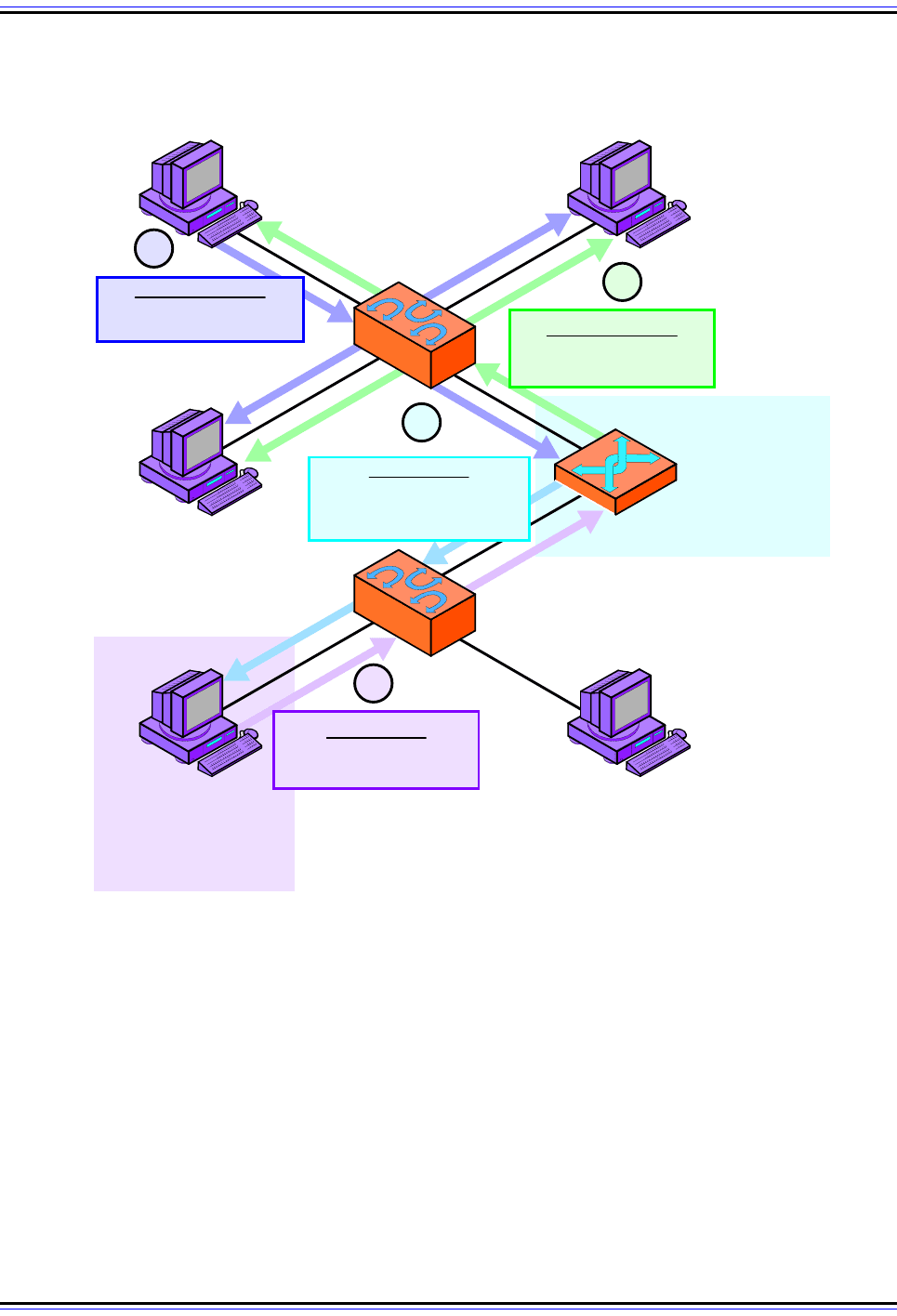
The TCP/IP Guide - Version 3.0 (Contents) ` 1124 _ © 2001-2005 Charles M. Kozierok. All Rights Reserved.
3. Relay Agent Receives Request and Processes It: The BOOTP relay agent on the
physical network where the client is located is listening on UDP port 67 on the server's
behalf. It processes the request as follows:
☯ It checks the value of the Hops field. If the value is less than or equal to 16, it
increments it. If the value is greater than 16, it discards the request and does
nothing further.
Figure 258: BOOTP Operation Using A Relay Agent
In this example, Device A is trying to access a BOOTP server, but the only one is on a different network; the
two are connected by a workgroup router that is configured to act as a BOOTP relay agent. Device A broad-
casts its request, which the router receives. It relays the request to the BOOTP server, Device D, and puts its
own IP address (IPR) into the BOOTP GIAddr field. The BOOTP server sends the reply back to the router
using address IPR. The router then broadcasts it on Device A’s local network so that A can receive it.
Device E
IP Addr: IPE
Hardware Addr: #35
Workgroup
Router
IP Addr: IPR
BOOTP Relay
Agent
Device A
IP Addr: Un kn own
Hardware Addr: #94
Device B
IP Addr: IPB
Hardware Addr: #156
Device C
IP Addr: IPC
Hardware Addr: #42
Device D
IP Addr: IPD
Hardware Addr: #21
BOOTP Server
#2
Unicast to IPR
H/W Device #94 Assigned
Address "IPA"
#3
#4
Br oadcas t: UDP 68
H/W Device #94 Assigned
Address "IPA"
#1
Br oadcas t: UDP 67
H/W Device #94 Seeking
BOOTP Serve r
Unicast to IPD
H/W Device #94 Seeking
BOOTP Serve r
Relay Address: IPR

The TCP/IP Guide - Version 3.0 (Contents) ` 1125 _ © 2001-2005 Charles M. Kozierok. All Rights Reserved.
☯
It examines the contents of the GIAddr field. If this field is all zeroes, it knows it is
the first relay agent to handle the request and puts its own IP address into this
field. (If the agent is a router it has more than one IP address, so it chooses the
one of the interface upon which it received the request.)
4. Relay Agent Relays Request: The relay agent sends the BOOTP request to the
BOOTP server. If the relay agent knows the server's IP address it will send it unicast
directly to the server. Otherwise, if the agent is a router, it may choose to broadcast the
request on a different interface from the one on which it received the request. In the
latter case, it is possible that multiple relay agents may be required to convey the
request to the server. See below for more on this.
5. Server Receives Request and Processes It: The BOOTP server receives the
relayed request from the BOOTP relay agent. It processes it as normal.
6. Server Creates Reply: The server creates a reply message as normal.
7. Server Sends Reply: Seeing that the GIAddr field in the request was non-zero, the
server knows the request was relayed. Instead of trying to send its reply back to the
client that sent the request, it transmits the reply unicast back to the relay agent
specified in GIAddr.
8. Relay Agent Relays Reply: The BOOTP relay agent transmits the BOOTREPLY
message back to the client. It does this either unicast or broadcast, depending on the
value of the CIAddr field and the B (Broadcast) flag, just like a server does in the non-
relay case.
Relaying BOOTP Requests Using Broadcasts
The simplest case of relaying is when each network has a relay agent that knows the IP
address of the BOOTP server. The relay agent “captures” the request in step 3 above, and
sends it directly to the BOOTP server, wherever it may be on the network. The request is
relayed as a regular unicast UDP message and routed to the BOOTP server. The BOOTP
server's reply is routed back to the BOOTP relay agent just like any UDP message in an IP
datagram, and the relay agent forwards the reply.
It is also possible to set up BOOTP relay agents to relay requests even if they don't know
the BOOTP server's address. These agents take requests received on one network and
relay them to the next, where they expect another agent to continue the relaying process
until a BOOTP server is reached. For example, suppose we have a set of three networks.
Network N1 is connected to Network N2 using Router RA, and N2 connects to N3 using
Router RB. Both of these routers function as relay agents but don't know the IP address of
the BOOTP server. Here's what would happen if a client on N1 sent a request and the
server was on N3:
1. The client would send its request.
2. RA would capture the request and put its address into GIAddr. It would increment the
Hops field to a value of 1 and then broadcast the request out on Network N2.
3. RB would capture this request. It would see there is already an address in GIAddr so it
would leave that alone. It would increment the Hops field to 2 and broadcast the
request on Network N3.

The TCP/IP Guide - Version 3.0 (Contents) ` 1126 _ © 2001-2005 Charles M. Kozierok. All Rights Reserved.
4. The BOOTP server would receive the request, process it and return the reply directly
back to RA.
5. RA would relay the reply back to the client.
As you can see, the purpose of the Hops field is to ensure that errant requests don't circle
around the network endlessly. Each relay agent increments it and if the value of 16 is ever
exceeded, the request is dropped. You can also see that any relay agents other than the
first are involved only for handling the request; the reply is sent unicast back to the agent
closest to the client.
Incidentally, if this multiple-step relaying process sounds like IP routing (only using broad-
casts), and the Hops field sounds like the Time To Live field in an IP datagram, then you've
been paying attention. It is essentially the same idea.
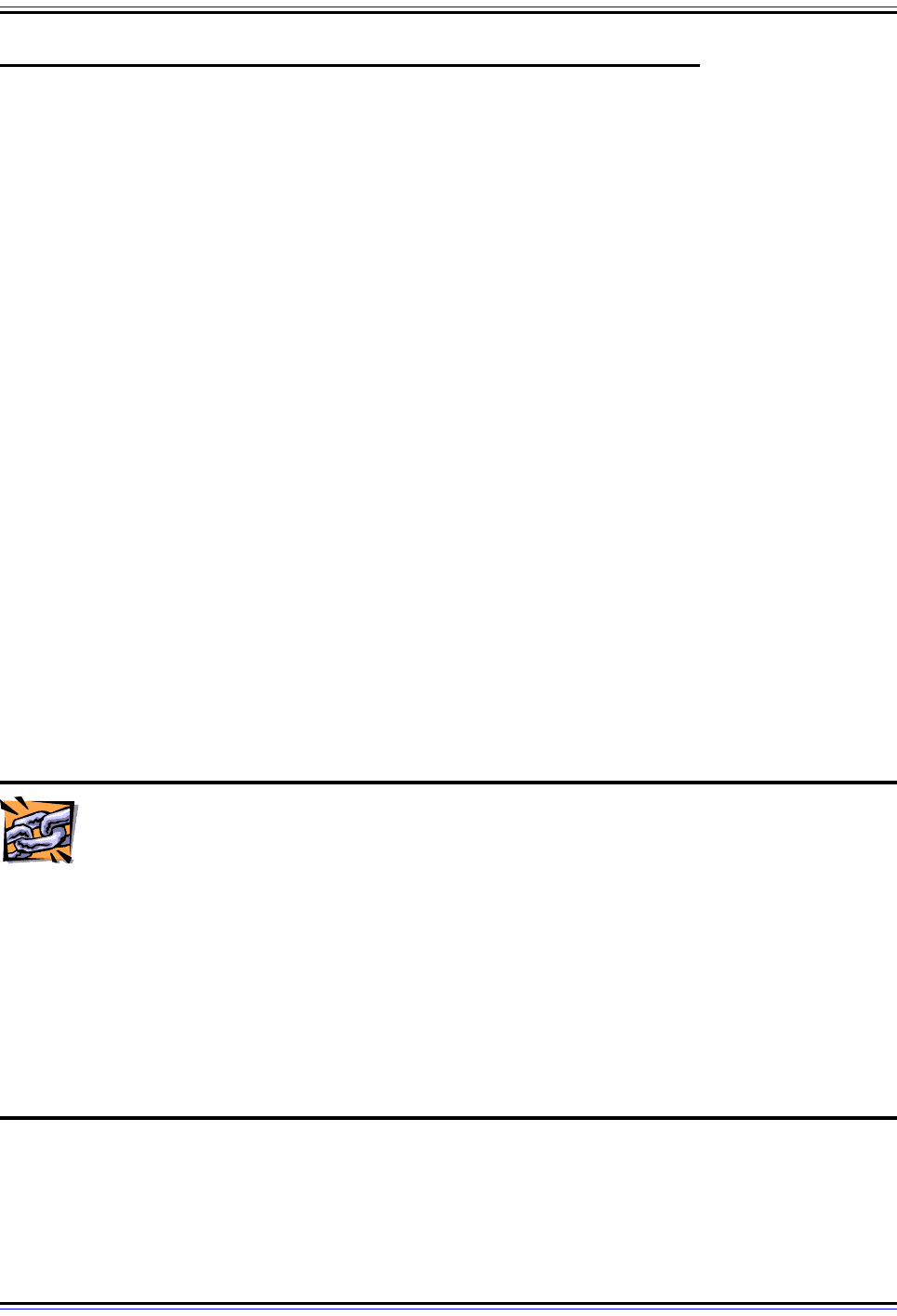
The TCP/IP Guide - Version 3.0 (Contents) ` 1127 _ © 2001-2005 Charles M. Kozierok. All Rights Reserved.
TCP/IP Dynamic Host Configuration Protocol (DHCP)
In some ways, technological advancement can be considered more a journey than a desti-
nation. When a particular technology is refined or replaced with a superior one, it's usually
only a matter of time before it too is replaced with something better. And so it was with the
TCP/IP Boot Protocol. While BOOTP was far more capable than the protocol it replaced
(RARP), after a number of years BOOTP itself was replaced with a new TCP/IP configu-
ration protocol: the Dynamic Host Configuration Protocol (DHCP).
Where BOOTP represented a revolutionary change from RARP, DHCP is more of an
evolution of BOOTP. It was built using BOOTP as a foundation, with the same basic
message format. The most significant addition in DHCP is the ability to dynamically assign
addresses to clients and to centrally manage them. It is this capability that both gives DHCP
its name, and makes it so powerful. DHCP today is the standard TCP/IP host configuration
protocol and is used in everything from single-client home networks to enterprise-class
internetworks.
In this section I describe the concepts behind DHCP and explain how it works in detail. I
begin with a topic that provides an overview of the protocol, discussing its history and the
standards that define it. I then have four subsections that describe DHCP concepts and
operation. The first talks about the different ways DHCP can assign addresses, with a focus
on dynamic addressing. The second discusses how DHCP operates, including a look at
configuration parameter management and the procedures for allocating addresses and
managing those allocations. The third describes DHCP messaging and illustrates the
DHCP message format. The fourth gets into more of the details of DHCP clients and
servers, and also looks at special features and issues with DHCP. Finally, I conclude with a
topic describing how DHCP changes to support the new IP version 6.
Related Information: Since DHCP builds upon BOOTP, they have a number of
things in common. For example, DHCP makes use of BOOTP relay agent
functionality, and DHCP options are basically the same as BOOTP vendor infor-
mation fields. Since DHCP is the more common of the two protocols, I have tried to be
complete in describing the operation of these features here, highlighting especially any
differences between how they work for DHCP compared to BOOTP.
However, I have avoided duplicating the history and reasoning for the existence of many of
these features. Since BOOTP came first, I have placed more of the historical information in
the BOOTP section. In general, if you plan to read about DHCP as well as BOOTP, I
recommend reading the section on BOOTP first. If you don't plan to read up on BOOTP, you
may wish to check the topic on DHCP/BOOTP interoperability instead.
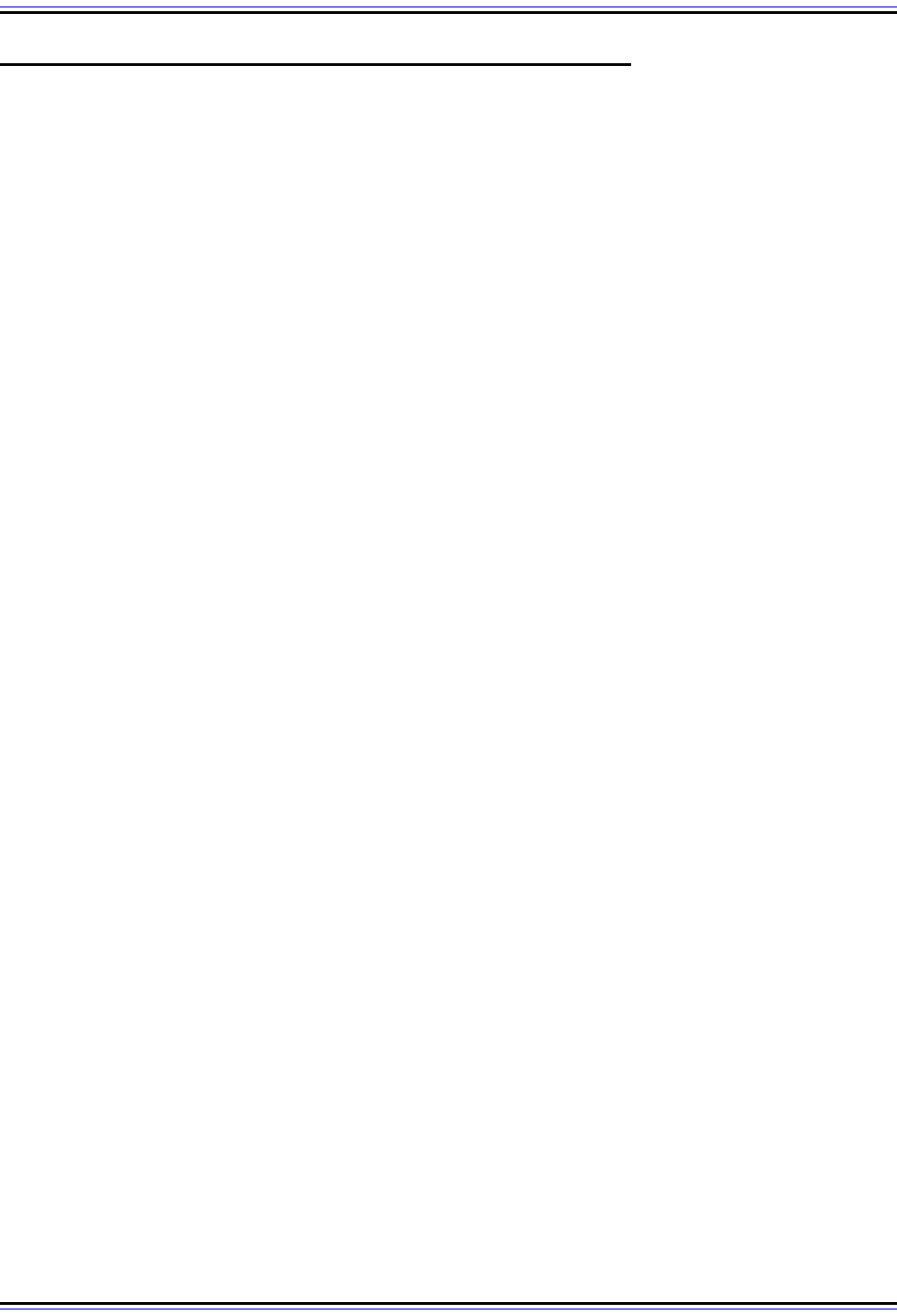
The TCP/IP Guide - Version 3.0 (Contents) ` 1128 _ © 2001-2005 Charles M. Kozierok. All Rights Reserved.
DHCP Overview, Motivation, History and Standards
BOOTP represents a significant improvement over RARP because it solves so many of
RARP's problems. BOOTP is a higher-layer protocol, not hardware-dependent like RARP. It
can support sending extra information beyond an IP address to a client to enable
customized configuration. Also, through the use of BOOTP relay agents, it allows a large
organization to use just one or two BOOTP servers to handle clients spread out over many
physical networks.
In so doing, BOOTP effectively solves one of the major classes of problems that adminis-
trators have with manual configuration: the “I have to go configure each host myself” issue.
It allows “dumb” (storageless) hosts to configure themselves automatically, and saves
techies the hassles of needing to trek to each host individually to specify important configu-
ration parameters.
The Need for Dynamic Address Assignment
BOOTP normally uses a static method of determining what IP address to assign to a
device. When a client sends a request, it includes its hardware address, which the server
looks up in a table to determine the IP address for that client. (It is possible for BOOTP to
use other methods of determining the relationship between an IP and hardware address,
but static mapping is usually used.) This means BOOTP works well in relatively static
environments, where changes to the IP addresses assigned to different devices are infre-
quent. Such networks were basically the norm in the 1980s and early 1990s.
Over time, many networks quickly started to move away from this model, for a number of
reasons. As computers became smaller and lighter, it was more common for them to move
from one network to another, where they would require a different address using the new
network's network ID. Laptop and even palmtop computers could literally move from one
network to another many times per day. Another major issue was the looming exhaustion of
the IP address space. In many organizations, permanently assigning a static IP address to
each and every computer that might connect to their network was a luxury they could not
afford.
In many organizations, trying to keep track of constant IP address changes became a
daunting task in and of itself. BOOTP, with its static table of mappings between hardware
addresses and IP addresses, simply wasn't up to the task. It also offered no way to reuse
addresses; once an address had been assigned, a device could keep it forever, even if it
were no longer needed.
DHCP: Building on BOOTP's Strengths
A new host configuration protocol was needed to serve modern networks, which would
move away from static, permanent IP address assignment. The IETF supplied this in the
form of the Dynamic Host Configuration Protocol (DHCP), first formalized in RFC 1541,
October 1993. (Actually, it was really originally specified in RFC 1531 in that same month,
but due to minor errors in 1531 the standard was quickly revised and 1541 published.)

The TCP/IP Guide - Version 3.0 (Contents) ` 1129 _ © 2001-2005 Charles M. Kozierok. All Rights Reserved.
Of course, it's not like BOOTP was a bad protocol or anything. It certainly worked well, for
what it was capable of doing. It was also already widely deployed. Given these factors, it
really made no make sense to start over from scratch with DHCP. This was especially so
given that such a decision would have meant dealing with the inevitable “painful” transition,
as well as compatibility problems associated with having both BOOTP and DHCP around
for many years.
So, instead of tossing out BOOTP, DHCP was built upon it as a foundation. In it simplest
form, DHCP consists of two major components: an address allocation mechanism, and a
protocol that allows clients to request, and servers to provide, configuration information.
DHCP performs both functions in a manner similar to BOOTP, but with improvements.
Overview of DHCP Features
The most significant changes are in the area of address allocation, which is enhanced
through the support for dynamic address assignment mentioned above. Rather than using
a static table that absolutely maps hardware addresses to IP addresses, a pool of IP
addresses is used to dynamically allocate addresses. This allows addresses to be shared
amongst many machines, as well as providing other benefits. Dynamic addressing allows
IP addresses to be efficiently allocated, and even shared amongst devices. At the same
time, DHCP still supports static mapping of addresses for devices where this is needed.
The overall operation and communication between clients and servers is again similar to
that used by BOOTP, but with changes. The same basic request/reply protocol using UDP
was retained for communicating configuration information, but additional message types
were created to support DHCP's enhanced capabilities. BOOTP relay agents can be used
by DHCP in a manner very similar to how they are used by BOOTP clients and server. The
vendor information extensions from BOOTP were retained as well, but were formalized,
renamed DHCP options, and extended to allow the transmission of much more information.
The result of all of this development effort is a widely-accepted, universal host configuration
protocol for TCP/IP that retains compatibility with BOOTP while significantly extending its
capabilities. Today, DHCP is found on millions of networks worldwide. It is used for every-
thing from assigning IP addresses to multi-thousand-host corporate networks, to allowing a
home Internet access router to automatically providing the correct Internet configuration
information to a single user's computer.
The original DHCP specification was revised in March 1997 with the publishing of RFC
2131, also entitled Dynamic Host Configuration Protocol. This standard defined another
new DHCP message type to allow active IP hosts to request additional configuration infor-
mation. It also made several other small changes to the protocol. Since that time numerous
other DHCP-related RFCs have been published, most of which either define new DHCP
option types (other kinds of information DHCP servers can send to DHCP clients) or slightly
refine the way that DHCP is used in particular applications.
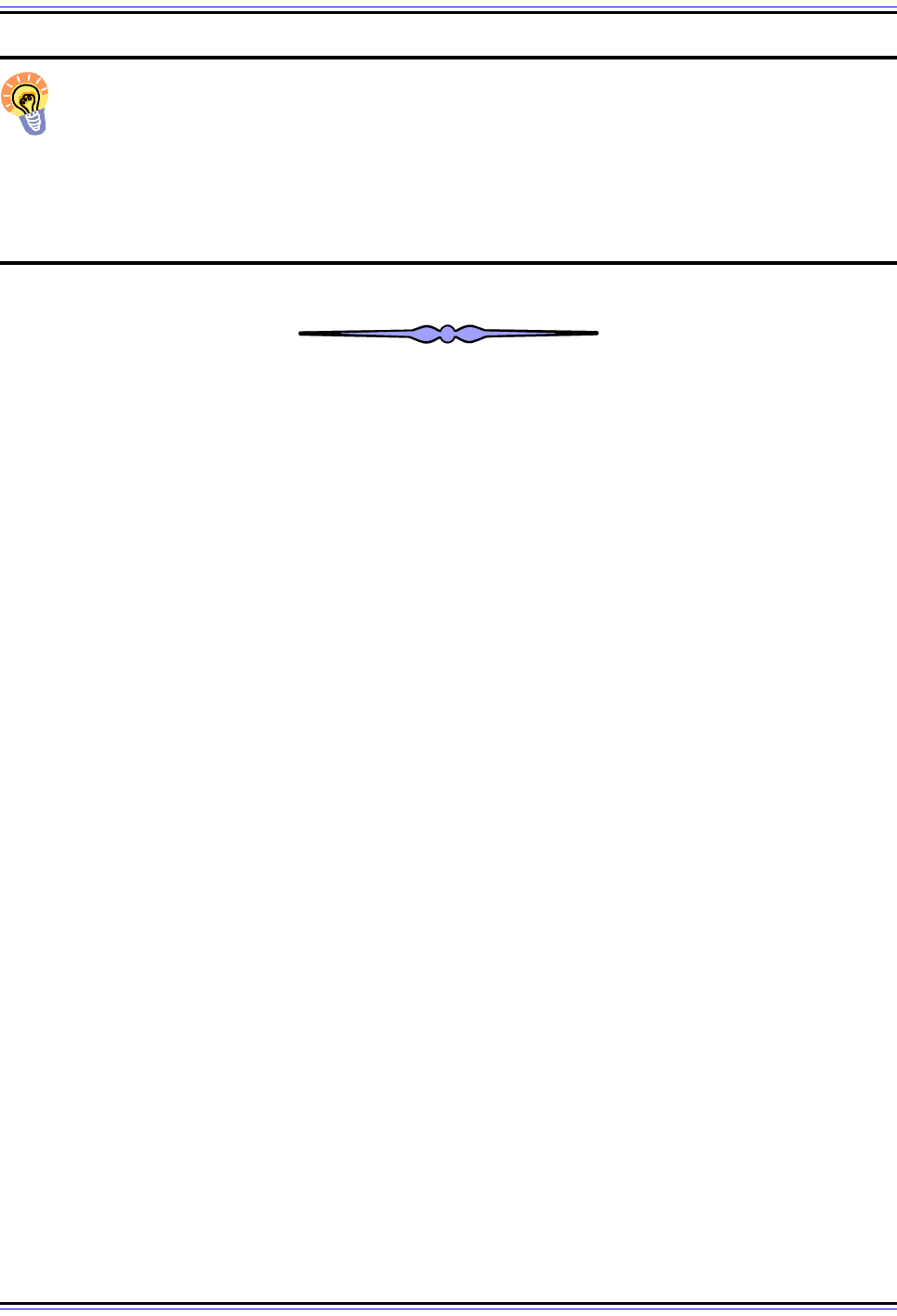
The TCP/IP Guide - Version 3.0 (Contents) ` 1130 _ © 2001-2005 Charles M. Kozierok. All Rights Reserved.
Key Concept: The Dynamic Host Configuration Protocol (DHCP) is the host config-
uration protocol currently used on modern TCP/IP internetworks. It was based on
BOOTP and is similar to its predecessor in many respects, including the use of
request/reply message exchanges and a nearly-identical message format. However, DHCP
includes added functionality, the most notable of which is dynamic address assignment,
which allows clients to be assigned IP addresses from a shared pool managed by a DHCP
server.
